Unique cultural values of Ve Pagoda
In 2018, when renovating the pagoda, the locals discovered 3 lotus-shaped stone platforms of the Tran Dynasty style (the 18th-19th centuries) under the base of the Three Jewels.
The platforms have a square edge and are made of blue stone, with their surface decorated with a lotus having its petals arranged in a circle. The lotus consists of 16 main petals and 16 auxiliary ones below.
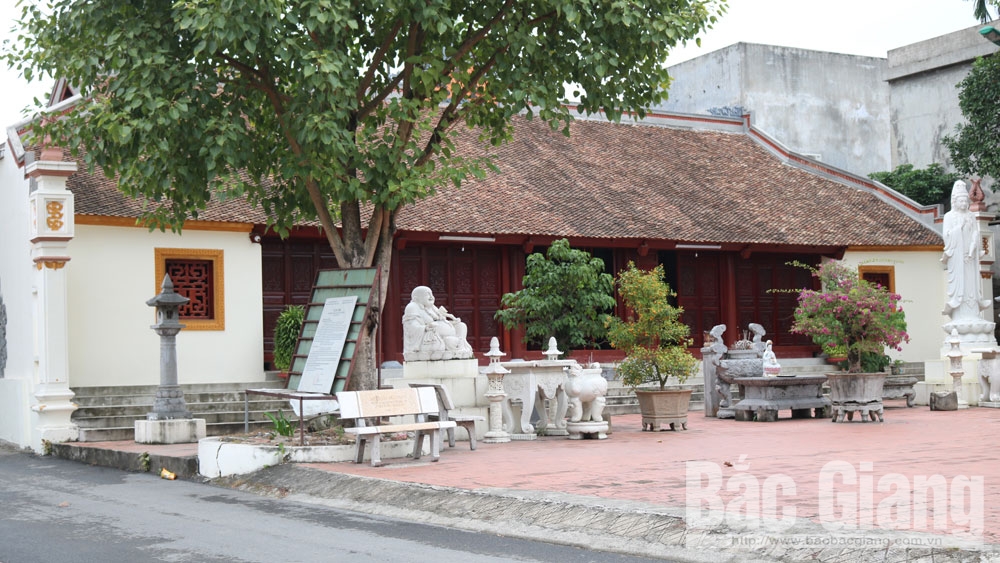 |
|
Ve Pagoda. |
The pagoda is located next to the two communal houses (Ca and Chung), creating ancient features in the center of Ve village looking to the south. In the minds of the local elderly, Ve Pagoda was ancient, big and beautiful, especially since Budhhist monk Giap Linh came to manage the pagoda. He joined the local people in repairing the pagoda, making statues, and casting bells.
In the past, the pagoda had the architecture of “domestic features inside and foreign features outside", including all works: Tam quan building, yard and garden, the Three Jewels, two rows of corridors and a main hall. Behind the back hall is a five-compartment worshipping room, next to Trai house, prayer printing house and guest house. The last one is a temple worshipping the Mother Goddess.
After many renovations, now, Ve Pagoda is basically reverted to the original architecture. The pagoda covers more than 5,000sq.m. The front building has five compartments and two small rooms in both sides with four tiled roofs. The wooden roof frame is very solid.
On the wooden structures carved with different patterns, the wall next to the upper palace is engraved with the four spirits (dragon, unicorn, turtle and phoenix), showing the tolerance and kindness of the Buddha.
Ve Pagoda also holds many valuable documents and artifacts, most notably the system of ancient Buddha statues. Each statue is sculpted in a standard, delicate and beautiful way, worthy of being a unique work of art in the Le Dynasty.
Other documents and artifacts such as the joss-stick bowls, wooden tocsins and altars of the Nguyen Dynasty (the 19th century), the bronze bells of Tay Son period, and especially the stone incense burner of the Le Dynasty - Vinh Thinh period (1705-1720), which have cultural, historical and scientific research values.
|
In 2018, when renovating Ve Pagoda, the locals discovered 3 lotus-shaped stone platforms of the Tran Dynasty style (the 18th-19th centuries) under the base of the Three Jewels. The platforms have a square edge and are made of blue stone, with their lotus-shaped surface carved meticulously and exquisitely. |
Every year, the Ve Pagoda Festival is held on the 7th day of the first lunar month with many rituals and folk games imbued with national cultural identity. Typical among them is the game of pulling Chinese characters which mean "Thien Ha Thai Binh" (Peaceful country) or "Toan dan khai hoi" (All people open the festival)...
Accordingly, every Chinese character is pulled by 30 people and there are four characters each time. Young men and women hold flags, paper fans and flowers, and wear uniforms under the guidance of two leaders. They sit down and stand up three times, tossing flowers, chanting the Chinese characters they are lined up, and going around the place where the characters are arranged following the order of the leaders.
Ball snatching is also a unique game in the Ve Village Festival. This is the belief of agricultural residents wishing for favourable weather to enjoy good harvest. With unique cultural and architectural values, Ve Pagoda was recognised as a national art relic site in 1994.
Dong Ngoc Duong
 Bắc Ninh
Bắc Ninh






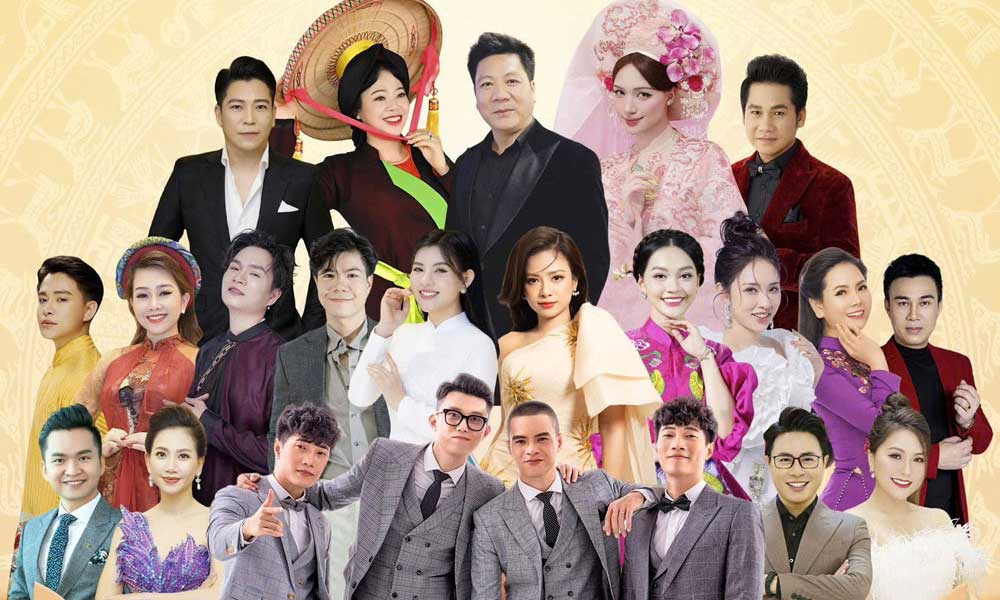
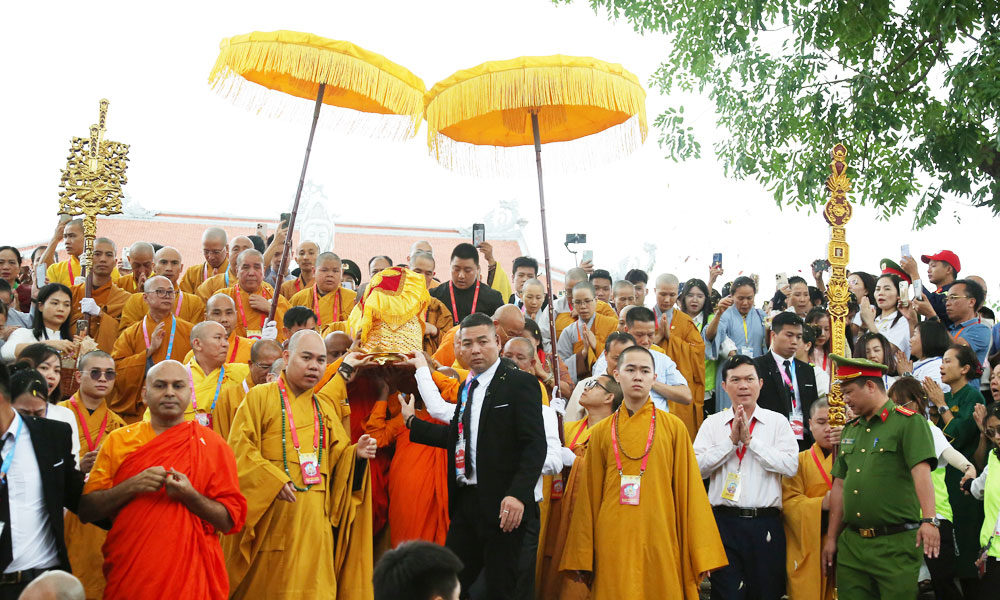



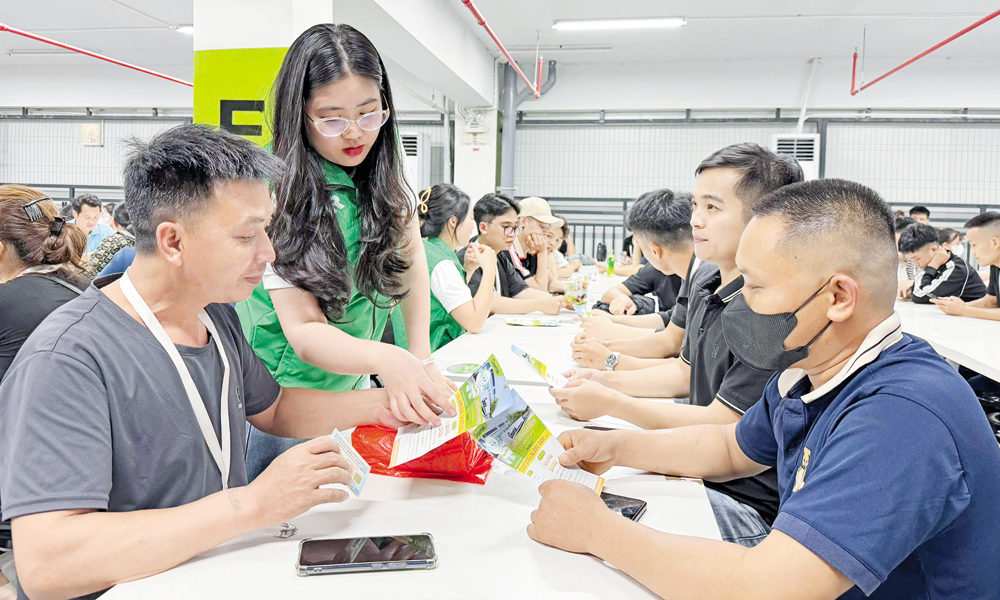
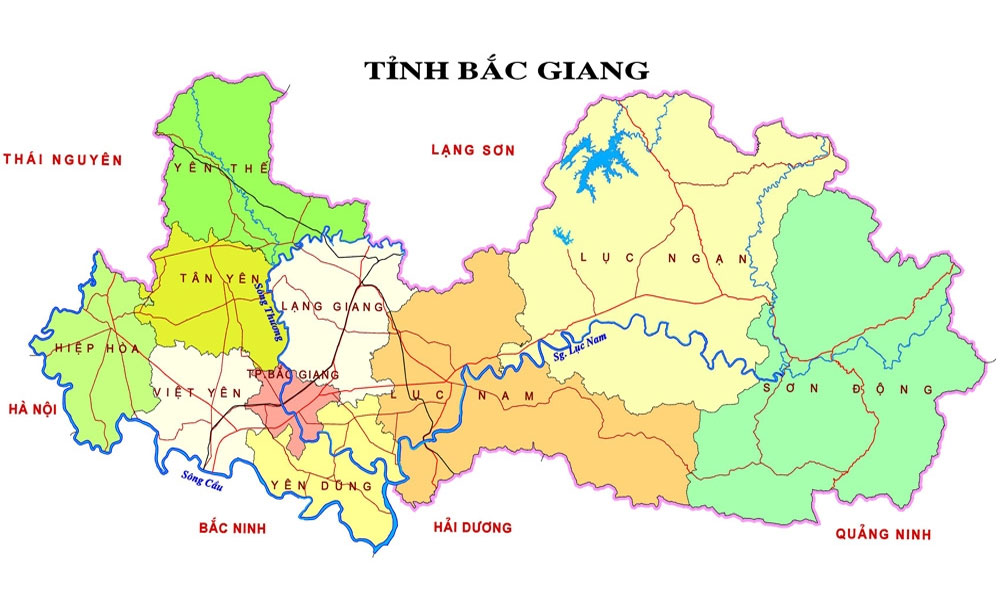

Reader's comments (0)